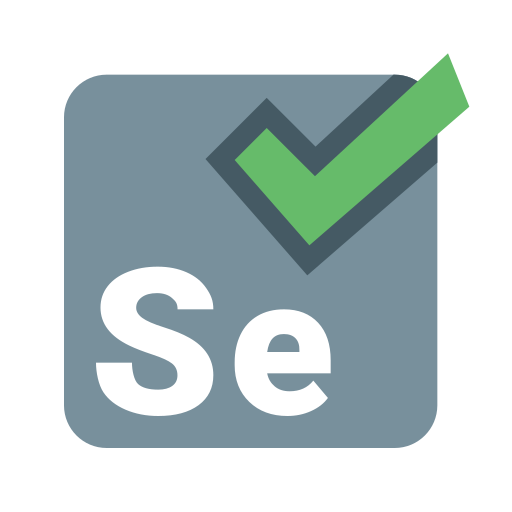Automation Testing that Survives Reality
Fast feedback, stable pipelines, regulator-ready evidence. UI, API, mobile, and data flows automated where it matters most.
Who This Fits
Designed for product teams under real-world pressure — high release velocity, complex integrations, and audit expectations. If any line sounds familiar, this page is yours.
Ship fast, need certainty
Brittle UI suite fatigue
Long CI runtimes
Unknown true coverage
Microservices & integrations
Inherited legacy stacks
Lean QA headcount
Scaling stage pressure
Contract & API first mindset

Benefits of Automation Testing
Faster, trustworthy feedback
CI surfaces real signals in minutes for confident merges and releases.
API & contract-first stability
Breaking changes caught early; a thin, meaningful UI layer stays on top.
Shorter lead time for changes
Parallel runs, failure taxonomy, and surgical retries unblock delivery.
Lower maintenance over time
Coding standards, fixtures, and reusable components keep suites lean as products evolve.
Scales across web, mobile, microservices
Playwright/Cypress/Selenium for web, Appium for mobile, contracts for edges.
Better Dev–QA collaboration
Shared standards and component tests make quality a team sport.
How Automation Testing Is Planned
Map the risks
Identify safety, privacy, and regulatory hotspots
Place the tests
Unit → Contract → API → component → UI
Stabilize the environment
Idempotent fixtures, seeded data, hermetic mocks where appropriate
Wire to CI/CD
Parallelism, retries only where justified, failure triage, and flaky quarantine
Prove it
Metrics that matter: escaped defect trend, flake rate, lead time
What Gets Automated
vs
What Stays Manual
Focus automation where it delivers repeatable, high-signal results; keep human judgment for discoveries, nuance, and one-off change. This balance reduces flakiness, speeds CI/CD, and keeps evidence audit-ready.
- Core business flows
- Data rules & validations
- Core purchase/checkout
- Mobile essentials
- Performance guardrails
- Novel UX
- One-off integrations
- Emergent behaviors
- Usability nuance
- One-time migrations

Frameworks We Use

Playwright
Modern web apps needing fast, reliable cross-browser UI + API checks

Cypress
Front-end teams seeking quick local feedback and rich debugging

Selenium
Legacy stacks, broad browser matrices, or enterprise ecosystems

Appium
Native and hybrid mobile apps

Deliverables & Artifacts
Automation Strategy
Framework Blueprint and Coding Standards
Dynamic Test Data, Environments Playbook
KPI Dashboards
Release readiness report
CI/CD Infrastructure
Turn Tests into Trust
Request an Automation Health Check to expose flake drivers, align coverage to real risk, and create audit-ready confidence in every release.
FAQs
Get quick answers on what to automate, what to keep manual, and how to start.
Aim for a pyramid: most checks at unit/contract/API, with a thin, high-value UI layer for end-to-end journeys. This reduces flakiness and keeps pipelines fast.
High-risk, high-frequency flows: authentication/authorization, payments or clinical/financial calculations, consent/PII steps, and integration seams most likely to break.
Deterministic test data, stable test IDs, sensible auto-waits, isolated environments, and clear failure taxonomy. Contract tests catch upstream breaks before UI fails.
Synthetic or obfuscated datasets, seeded fixtures, and access controls. Data generation follows privacy-by-design while preserving determinism for repeatable runs.
Yes — lightweight k6/JMeter smoke scripts catch regressions on critical APIs. Full load and soak tests run on scheduled or pre-release stages.
Fewer escaped defects, faster feedback loops, reduced triage/time waste, and clearer audit readiness. Savings show up in engineering hours and incident reduction.
